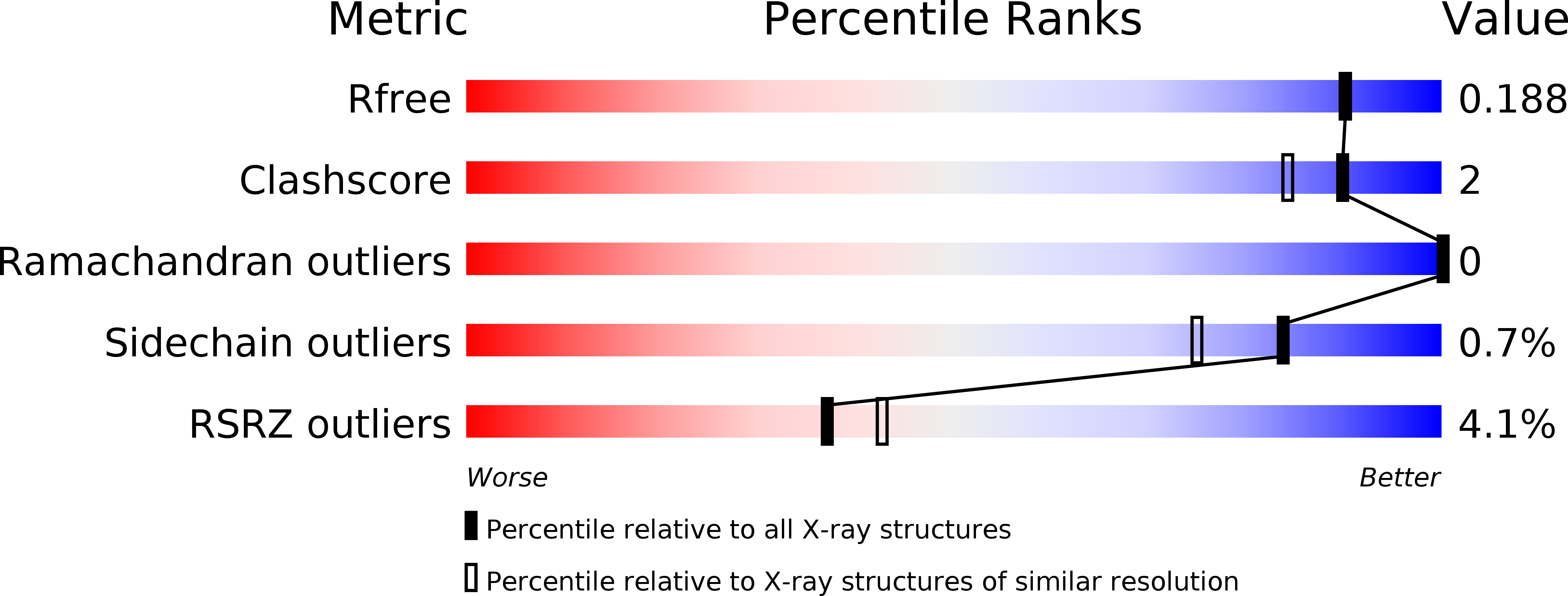
Deposition Date
2015-11-06
Release Date
2016-06-01
Last Version Date
2024-01-10
Method Details:
Experimental Method:
Resolution:
1.73 Å
R-Value Free:
0.18
R-Value Work:
0.15
R-Value Observed:
0.15
Space Group:
C 1 2 1


